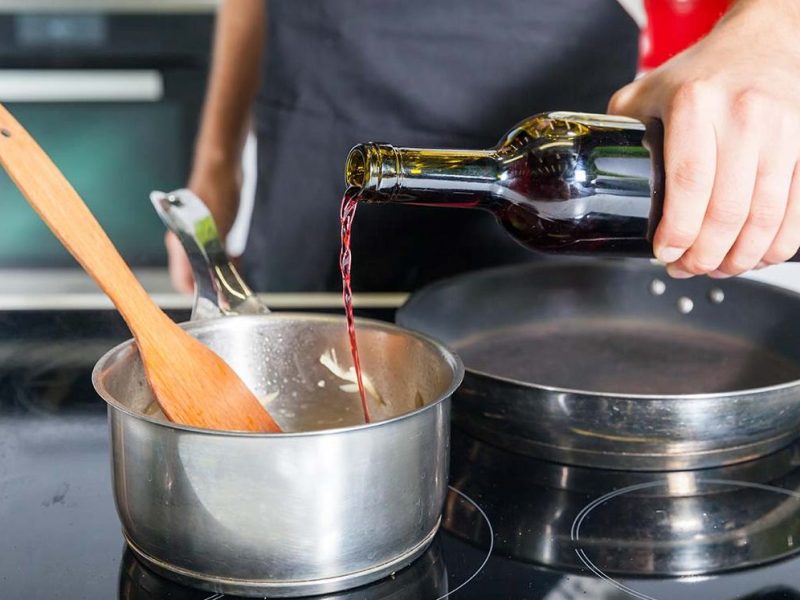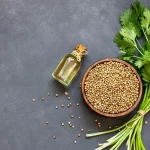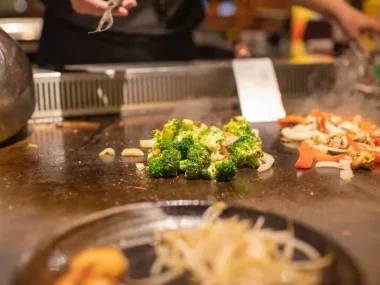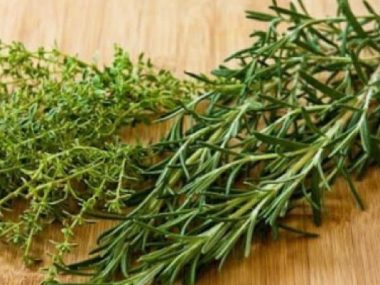Sherry Vinegar vs Sherry Cooking Wine
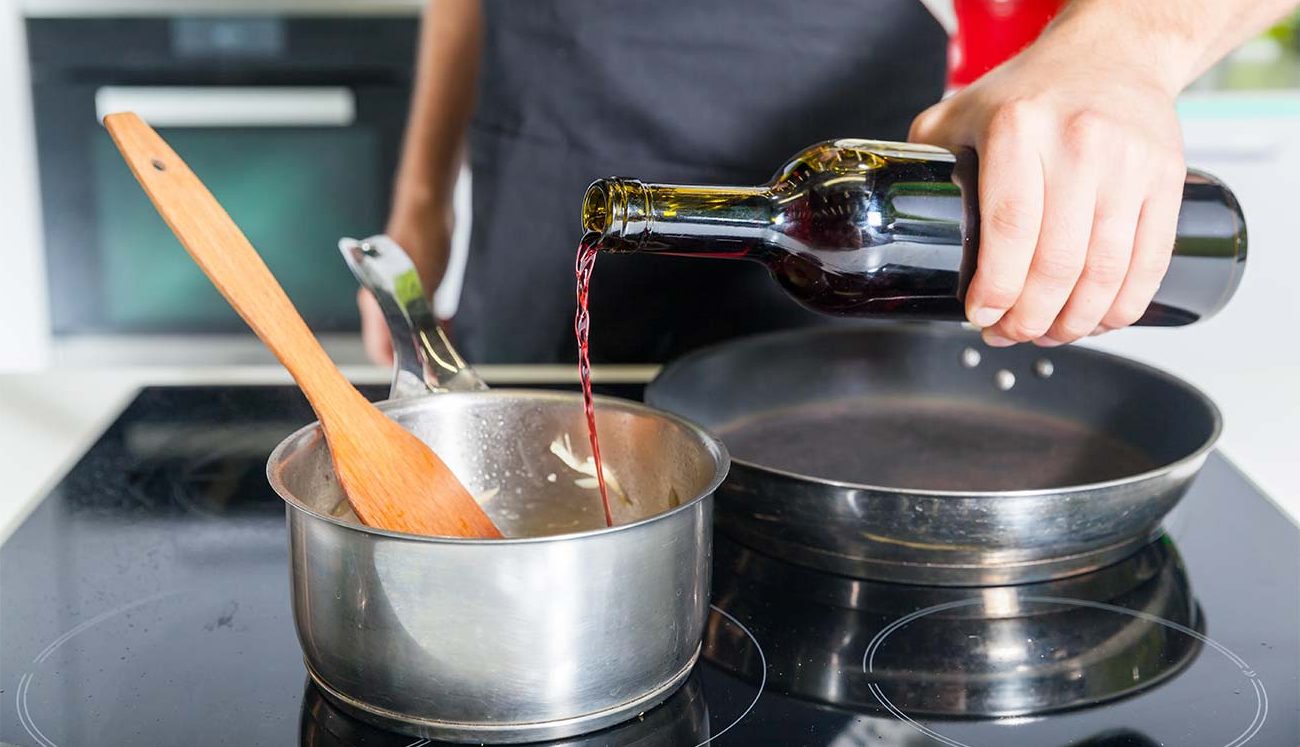
The difficulty in choosing the most reliable and overall best cooking wines has never gotten more intense than the sherry cooking win vs sherry vinegar comparison. Though the sherry vinegar and sherry cooking wine tastes and feels different, they’re still considered to be similar and results in confusion especially as they both share ‘sherry’ in their names.
In this article, I will be putting the sherry vinegar vs sherry cooking wine debate to the rest by putting together all that you need to know about these cooking wines. If you were already used to cooking with either of these and are not well exposed to the other, this comparison article is a great place to start from, as you’d learn what they are, what they are use for and how to also use them yourself, for cooking.
What Is Sherry Cooking Wine?
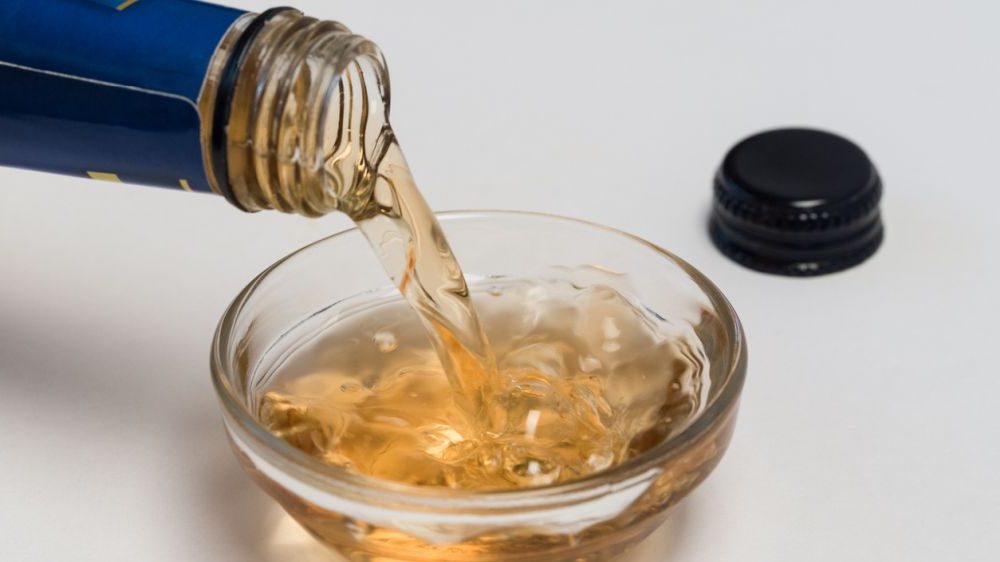
Sherry cooking wine is a versatile and flavorful ingredient that has been used in culinary applications for centuries. It is made from the fortified wine produced in the Sherry region of Spain, this cooking wine offers a rich and distinct taste that enhances a wide range of dishes.
Sherry cooking wine comes in various styles, each offering a different flavor profile. The most common styles include Fino, Manzanilla, Amontillado, Oloroso, and Pedro Ximénez. Fino and Manzanilla are pale and dry with a delicate, nutty flavor, while Amontillado and Oloroso are darker and richer, displaying notes of caramel and dried fruits. Pedro Ximénez, the sweetest style, is made from sun-dried grapes, resulting in a luscious and syrupy wine with flavors of raisins and figs.
In cooking, sherry wine adds depth, complexity, and a hint of sweetness to a variety of dishes. You can use it in both savory and sweet recipes, to bring unique touch to sauces, marinades, soups, stews, and desserts. The alcohol in sherry wine evaporates during cooking, leaving behind the distinct flavors and aromas.
When using sherry cooking wine, it’s important to consider the style and intensity of the dish. Fino and Manzanilla are excellent choices for lighter dishes like seafood, salads, and delicate sauces, while Amontillado and Oloroso work well with heartier dishes such as braised meats, stews, and rich sauces. Pedro Ximénez is a delightful addition to desserts, especially when drizzled over ice cream or used in baking to add a sweet, caramelized flavor.
To incorporate sherry cooking wine into your recipes, consider using it as a deglazing agent to add depth to pan sauces or as a base for flavorful reductions. It can also be added early in the cooking process to infuse dishes with its distinct flavor. Just remember to use it judiciously, as a little goes a long way, and its flavors can easily overpower other ingredients if used excessively.
Can you tell what is Mignardise and give examples of it?
What Is Sherry Vinegar
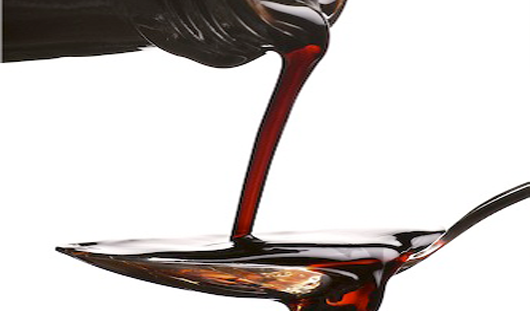
Sherry vinegar is a beloved condiment with a long history and a distinct flavor profile. It is derived from sherry wine, which originates from the Sherry region in Spain. With its complex and tangy taste, sherry vinegar adds depth and brightness to a wide range of dishes, making it a staple in many professional kitchens and home pantries alike.
Sherry vinegar is a versatile ingredient in the kitchen, used in numerous culinary applications. Its acidity and depth make it an excellent choice for vinaigrettes, dressings, and marinades, where it adds brightness and complexity. It can also be used as a finishing touch for soups, stews, and sauces, enhancing flavors and providing a subtle tang.
In Spanish and Mediterranean cuisines, sherry vinegar is a key component in dishes like gazpacho, salmorejo, and escabeche. It pairs particularly well with seafood, roasted vegetables, and grilled meats. Additionally, it can be used to deglaze pans, lending a flavorful kick to sauces and pan sauces.
Sherry Cooking Wine vs Sherry Vinegar
As you now understand what sherry cooking wine is as well as what sherry vinegar is, let’s dive into the most important part of this article, which is the culinary comparison between sherry vinegar and sherry cooking wine.
As you already know from previous sections, both sherry cooking wine and sherry vinegar are both derived from sherry wine, but they serve different purposes in the culinary world due to their distinct characteristics. Here’s a comparison between the two:
Production Process:
- Sherry Cooking Wine: Sherry cooking wine is produced by fermenting grapes and fortifying the resulting wine with grape spirits. It is then aged in oak barrels, often using the solera system, to develop its unique flavor profile.
- Sherry Vinegar: Sherry vinegar is made from sherry wine through a secondary fermentation process. The wine is fortified and then aged in large wooden barrels, allowing it to transform into vinegar as the alcohol converts into acetic acid.
Flavor Profile:
- Sherry Cooking Wine: Sherry cooking wine offers a rich and distinct flavor. Depending on the style, it can range from dry and nutty (Fino and Manzanilla) to richer and sweeter (Amontillado, Oloroso, and Pedro Ximénez). The flavors of sherry cooking wine add depth and complexity to dishes during the cooking process.
- Sherry Vinegar: Sherry vinegar has a tangy, acidic taste with hints of nuttiness and oak. It strikes a balance between acidity and sweetness, and its flavors become more pronounced and nuanced with longer aging. Sherry vinegar is often used as a finishing touch or in dressings and marinades to add brightness and complexity to dishes.
Culinary Uses:
- Sherry Cooking Wine: Sherry cooking wine is primarily used as a flavor-enhancing ingredient during the cooking process. It can be added to sauces, marinades, soups, stews, and even desserts to infuse dishes with its unique taste. The alcohol in sherry cooking wine evaporates during cooking, leaving behind the flavors and aromas.
- Sherry Vinegar: Sherry vinegar is predominantly used as a condiment or a flavoring agent in dressings, vinaigrettes, and marinades. It can also be used as a finishing touch to soups, stews, and sauces. Sherry vinegar’s tangy acidity adds brightness and complexity to dishes without the need for cooking.
Intensity and Usage:
- Sherry Cooking Wine: Sherry cooking wine can have varying intensities depending on the style. Fino and Manzanilla are lighter and delicate, while Amontillado, Oloroso, and Pedro Ximénez are richer and bolder. It is essential to consider the style and intensity of the dish when using sherry cooking wine, as its flavors can easily overpower other ingredients if used excessively.
- Sherry Vinegar: Sherry vinegar has a bold and tangy flavor profile, which adds a distinctive touch to dishes. However, its acidity should be used in moderation to avoid overpowering the flavors of the dish.
Sherry Vinegar vs Sherry Cooking Wine Table
| Features | Sherry Cooking Wine | Sherry Vinegar |
|---|---|---|
| Production Process | Fermentation, fortification, aging in oak barrels | Fermentation, fortification, aging in large wooden barrels |
| Flavor Profile | Rich, distinct, ranges from dry and nutty to sweeter | Tangy, acidic, hints of nuttiness and oak |
| Culinary Uses | Cooking, sauces, marinades, soups, stews, desserts | Dressings, vinaigrettes, marinades, finishing touch in soups, stews, and sauces |
| Intensity | Varies based on style (Fino, Manzanilla, Amontillado, Oloroso, Pedro Ximénez) | Bold, tangy flavor |
| Cooking Process | Enhances flavors during cooking | Not cooked, used as a condiment or flavoring agent |
| Recommended Usage | Used in moderation to avoid overpowering flavors | Used to add tanginess and brightness to dishes |
| Primary Purpose | Flavor enhancement during cooking | Condiment or flavoring agent |
| Versatility | Versatile, used in both savory and sweet recipes | Primarily used in dressings, marinades, and as a finishing touch |
| Shelf Life | Should be used within a reasonable time | Long shelf life if properly stored |
| Authenticity | Look for reputable brands that offer authentic Spanish sherry | Look for sherry vinegar made from sherry wine aged in oak barrels |
In a nutshell, sherry cooking wine is primarily used during the cooking process to enhance flavors, while sherry vinegar is a condiment or flavoring agent that adds tanginess and brightness to dishes. Understanding their unique characteristics allows you to choose the appropriate ingredient for your culinary needs.
